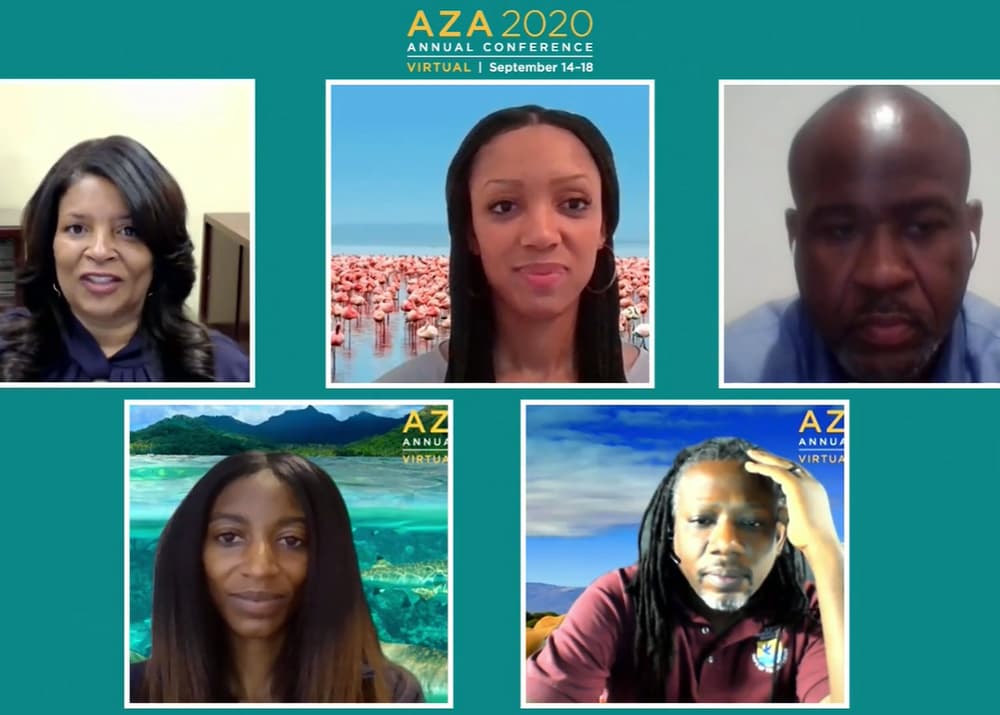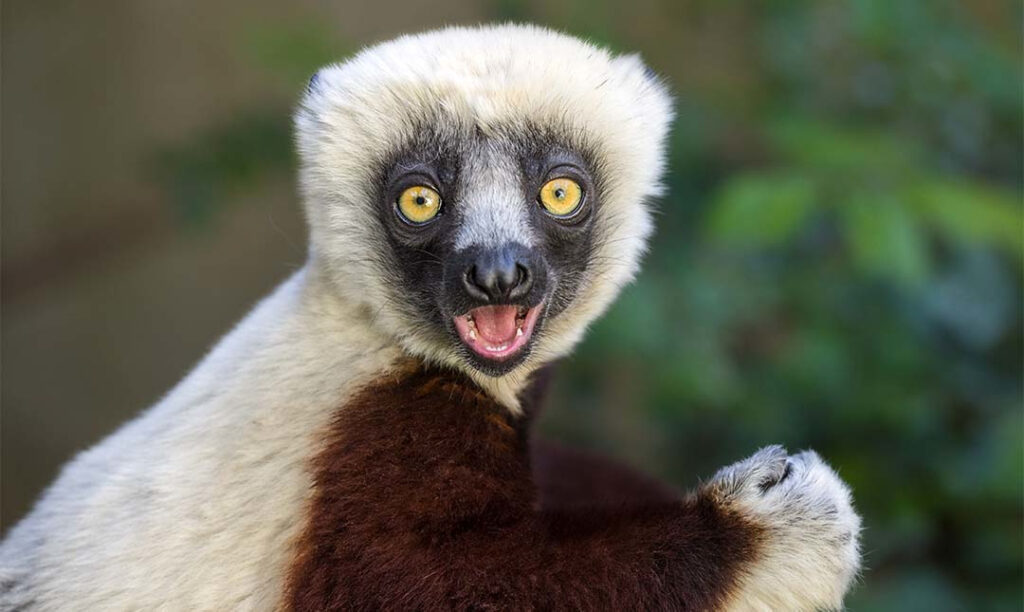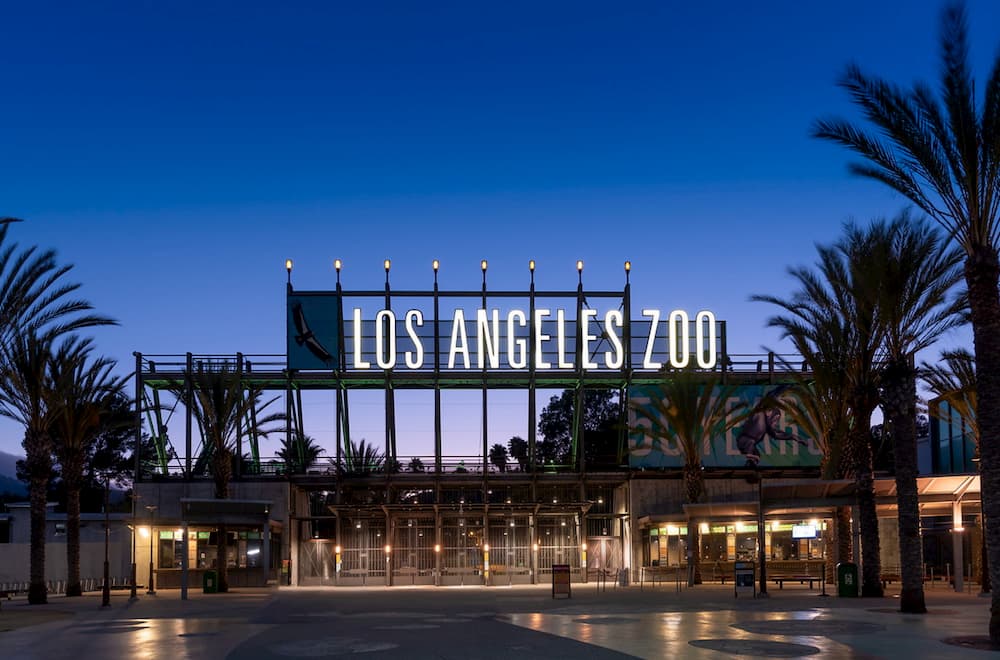
In this time of turmoil, change is possible if we are brave enough to ask difficult questions—and respond with meaningful, sustained action. That was a key takeaway of “Black Voices in Courageous Conversation on Racial Equity and Achieving Our Mission,” a panel discussion at the annual conference of the Association of Zoos and Aquariums (AZA). This year’s event, which ran from September 14-18, was hosted virtually for the first time in the organization’s history.
Our own CEO and Zoo Director, Denise Verret, moderated the “Black Voices” discussion, guiding a panel of distinguished zoo and aquarium professionals through a range of topics centered around racial equity.
Black and brown communities “have frankly been left out of the conservation conversation,” said Lamar Gore, Manager of the John Heinz National Wildlife Refuge. Engaging authentically with those communities requires intentionality, he says. “Really taking what we do out of the zoo, out of the aquarium, and bringing it to the community is a way to begin to break down those barriers … It’s trying to know on an intimate level the people that you want to serve.”
Better serving Black communities means “showing them that their voice is valued and that their personalities and engagement tactics, while different or maybe even unconventional to some, are notable and invaluable,” said Symone Johnson Barkley, Education Program Manager for the National Aquarium in Baltimore. The only Black person in her department at the time of her hiring, Barkley said she soon realized that her coworkers weren’t adept at engaging with students from backgrounds different from their own—resulting in a lack of connection on both sides.
“So, I decided to shift the staffing model to include pre-service teachers and natural science majors from two HBCUs in Baltimore,” Barkley said. She also empowered instructors to employ non- traditional teaching styles, which led to an environment of trust and mutual appreciation. “And immediately we saw a huge shift in how the students reacted to the instruction.”
Tony Smith, General Manager for SSA Group (which manages food and retail operations for several dozen zoos and aquariums), discussed the historic lack of diversity in the zoo profession. “Rarely did I see people of color in leadership positions throughout those organizations,” he said of his early career experiences. “When you don’t see it, it’s not a reality; it’s not true.”
With a nod to his fellow panelists, Smith added, “It’s only over time—and with growth—that you realize … this is the truth. And it has to be illustrated so that the people coming up behind us can realize that it is an opportunity for them. It’s time for that change to occur. And it has to be intentional; it’s not going to just come by hope or desire.”
Verret, the first African American female director of an AZA-accredited zoo, spoke of being a trailblazer. “When I got this position, people were asking me questions about being the first. Being the first means that I won’t be the last. As we continue to grow people of color in leadership roles, it just means that we are going to create even more opportunity to continue to grow that leadership representation in this profession and in others.”
Corina Newsome, Georgia Audubon’s Community Engagement Manager and a co-founder of Black Birders Week, pointed out that while the conservation community embraces diversity in animal populations, that same concern is lacking when it comes to human populations. “We recognize how critical diversity is for ecosystem function, for population viability, for the science of conservation—but when it comes to solving for those issues, diversity is not a conversation we have.”
Yet that is where diversity is most critical, Newsome explained: “The reason why populations with higher genetic diversity are more likely to survive a stressor is because somebody in that population has the answer in their genes. The same concept can be applied to people. When you encounter a problem, and you have a group of people working on it, the more different kinds of people you have at the table, the more likely the answer will be in the room.”



